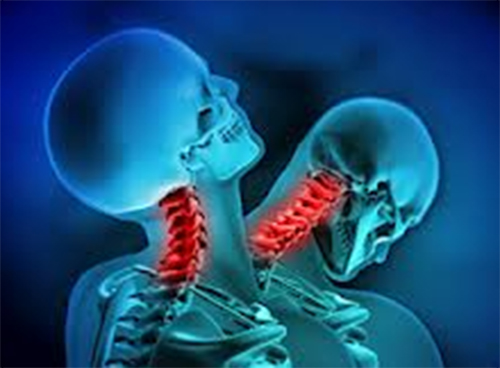Fibromyalgia (FM) can’t occur in men because it’s a woman’s disease, right? In fact, if a man claims to have FM, then he is simply lying (probably just trying to get out of working and/or on disability), right? Unfortunately, that’s what MANY people (and even some doctors) believe!
Though it is true that FM is primarily a woman’s disease, actually nine times more likely, it does INDEED affect men. FM affects 2-4% of the population (an estimated 5 million adults) in the United States (US) with as few as 10% of victims being men. But, that’s still 500,000 men in the US alone, and that doesn’t include an estimated 20% that go undiagnosed (mostly because “men are men”)! The onset, like that for women, can occur, “….out of the blue.” Case studies show a man (or woman), can be highly engaged in an active lifestyle that may include golfing, bowling, or working on a hobby car, when suddenly and for no apparent reason, intense chronic pain can arise and, “…take over the life” of this previously very healthy, vibrant, active man.
We’ve all learned that FM is diagnosed primarily by excluding other disorders after running many tests including x-rays, various scans, lab tests, and more. When all the tests come back negative, the diagnosis of FM is even then only sometimes entertained. The word, “SOMETIMES” should be strongly emphasized as MANY doctors, as well as the general public, STILL have a hard time wrapping their heads around the diagnosis of fibromyalgia. This happens even more when a male patient presents with the FM cluster of symptoms. A male patient may attend a FM support group and be the only man in the room. The National Fibromyalgia Association has only one male board member who reportedly was not initially welcomed! This particular male reported that a neurologist refused to see him, as he did not support the diagnosis and openingly accused him of trying to get disability payments. He stated that it was particularly challenging to find professional care as well as community support. Even his best friend, a doctor, told him that men couldn’t get FM!
The cause of FM remains elusive. Why do so few men compared to women suffer from FM? Though certain types of viral infections, trauma after car accidents, and emotional stress have all been reported to trigger FM, it can also strike without warning. According to Dr. Muhammad B. Yunus, MD (professor of medicine at U. of Illinois, College of Medicine), FM is characterized by an imbalance of brain chemicals described as, “…a neurochemical disease.” He found that FM patients have higher than average levels of substance P (a neurotransmitter that signals pain), and lower levels of serotonin (a neurotransmitter that inhibits pain). Genetics and hormones (particularly estrogen, which is higher in women) also play a role both with causing the disease and with the gender discrepancy found in FM. Estrogen has also been found to reduce pain thresholds, a problem associated with FM, thus making women more susceptible to the disease. Like in women, men can have similar complications including (but not limited to) chronic fatigue, difficulty sleeping, headaches, irritable bowel syndrome, restless leg syndrome, and memory and concentration problems. But, it has been reported that men with FM usually have less wide-spread or, “…hurt all over” pain and may not suffer from as much fatigue, but in some cases, can still be more disabled from FM than women. Depression and suicidal thoughts are reportedly common in men with FM. Prompt diagnosis and treatment continues to be the recommended course in order to obtain ideal management results!
As chiropractors we can offer management, treatment, exercise training, dietary consultation, and coordinate care.
If you, a friend or family member requires care for Fibromyalgia, we sincerely appreciate the trust and confidence shown by choosing our services!


